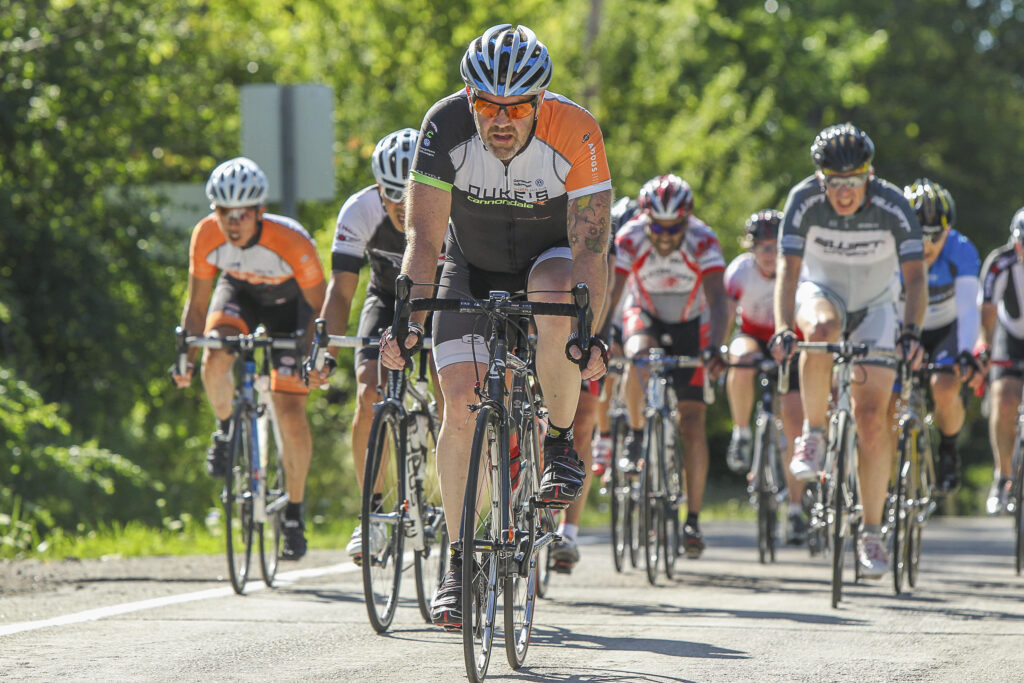Environment is another consideration when selecting a hobby. When we think about environment it encompasses many aspects such as participants, space, and instruction. The same activity can be done in different environments. If you find something you are passionate about, but the environment isn’t quite right, keep looking. Sometimes it is just the environment that needs to be tweaked.
Do you prefer solo activities or would a group activity be better? This very much depends on your personality. Do not join a group activity if you don’t like people. Also, there are activities you do in a group and activities you do as a group.
For example, I hate team sports. I don’t like the pressure of potentially letting my team down if I make a mistake. I had terrible childhood experiences with hockey. My father was very athletic and enjoyed team sports so I was pressured into joining hockey. I think most Canadian boys are. I was a chubby kid and my parents wanted me to do some sort of activity. However, I wasn’t very good and would frequently get picked on. It caused me mental anguish for years, and to this day I don’t watch hockey. As a result, I avoid team-oriented activities, preferring solo activities.
That being said, I don’t mind activities done in a group. Cycling is one of those hobbies which can be a group or a solo activity. Cycling with other people can be a lot of fun. It requires some additional coordination and communication but can be a great motivator. You can move much faster if you cycle in an echelon, but it requires focus and coordination with the other cyclists.

Cycling alone can be more serene and doesn’t require as much focus (if you’re not on a busy road). It can allow the mind to wander and be a meditative practice.
Another consideration is, you like being outdoors or indoors? Is the activity weather dependent? If you’re someone who suffers from seasonal allergies, you may be better off choosing to avoid outdoor hobbies. You can also switch things up and engage in a hobby such as swimming which can be done indoors and outdoors depending on the season.
Some sports can only be done in certain seasons, such as cross-country skiing. Others like yoga can be done all year round. Cross country skiing is great if you live in a rural setting but harder if you live in a city. Yoga on the other hand doesn’t take much room and can be done anywhere, indoors or outdoors.
When I lived in Japan I could cycle 11 months of the year. In Toronto, I could safely cycle outdoors 8 months of the year. Meaning I would need to come up with a way to cycle indoors. Wahoo makes a trainer that you can simply remove the rear wheel of your bike, and mount the frame on the trainer to ride indoors. This can further be paired with different apps such as Zwift to create an indoor riding experience. There wasn’t much need of that in Japan.
Space is another important consideration. Some hobbies can take up a lot of space. They can require entire rooms, while others don’t. Take weight-lifting for example. There is a reason why more people have gym memberships than home gyms. Pottery is another hobby that takes up a lot of space. The two pottery studios I have set up took over my garages.
You frequently see collectors whose houses have been completely taken over by their hobbies with every flat surface being used to display their collection. I imagine many a couple have had arguments about ever-growing collections!
It’s also important to realize there are different kinds of a single activity. Take yoga as an example. There is hot yoga, Yin yoga, Hatha yoga and so on. With pottery there is low-fire, wood kilns, porcelain and so on. There are so many options. If the type of activity isn’t quite what you’re looking for, try somewhere else.
One rule we had cycling in a group was, “no one gets left behind”. Meaning, you only rode as fast as the slowest person. This also meant rides were divided into different speeds. There were the open rides, which anyone could join and averaged 25 kilometers an hour and team rides which averaged 32-35 kilometers an hour. Other group rides, such as the famous “donut ride” were drop rides. Which meant if you couldn’t keep up, you were dropped and expected to find your own way home. It can be lonely to get dropped and not very inclusive. It was motivating however to try and keep up with the pack!
Another consideration is do you want instruction? Are the teachers attentive? Do they provide valuable feedback? For example, I love pottery. But I am not keen on pottery classes. It isn’t that I don’t like instruction but rather I don’t like being told what to produce. I would rather make my own thing and then talk about process.
In Japan I made a friend, Ikeda-san. Ikeda-san is a serious pottery hobbyist like me. He very much embodied the concept of “majime” mentioned earlier. Through our discussions he influenced my pottery greatly. Not by telling me what to make but by asking questions and exchanging ideas. Together we would try experimenting with firing techniques and share glazes. I have a gas kiln and he has an electric kiln so there was lots to learn and share.
Which brings us to productive and non-productive hobbies. Some hobbies have a “thing” that is created or collected at the end. Like pottery, baseball cards, painting, knitting and so on. There is a product being created and will require space. Other hobbies such as singing in a choir, yoga, or dancing don’t result in a “thing” being made or collected. It’s something to think about because I can say from experience you may end up with a lot of pottery underfoot you didn’t intend.
